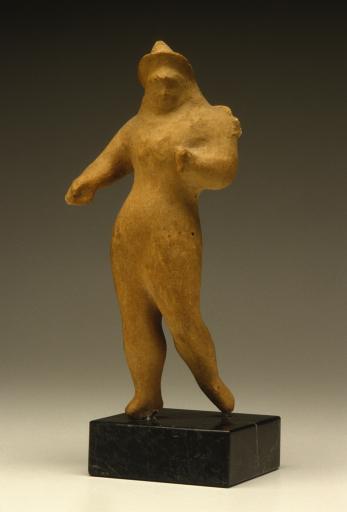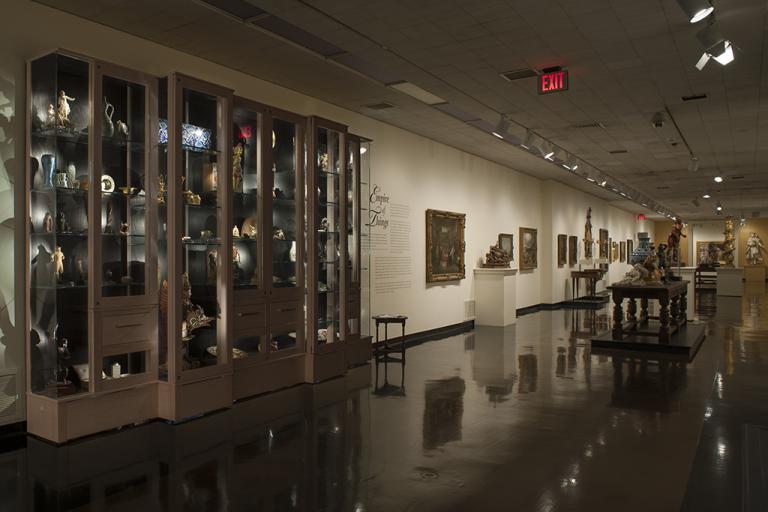standing figure, Elie Nadelman
Artwork Overview
Elie Nadelman, artist
1882–1946
standing figure,
mid 1900s
Where object was made: United States
Material/technique: papier-mâché; plaster
Dimensions:
Object Height (Height): 29.8 cm
Object Height (Height): 11 3/4 in
Object Height (Height): 29.8 cm
Object Height (Height): 11 3/4 in
Credit line: Source unknown
Accession number: 1928.3162
On display: Loo Gallery
If you wish to reproduce this image, please submit an image request











